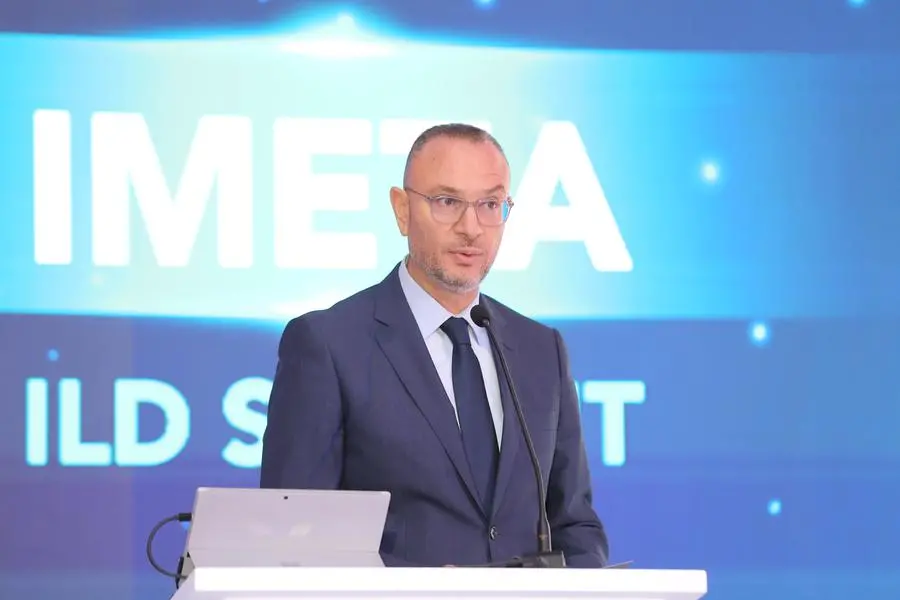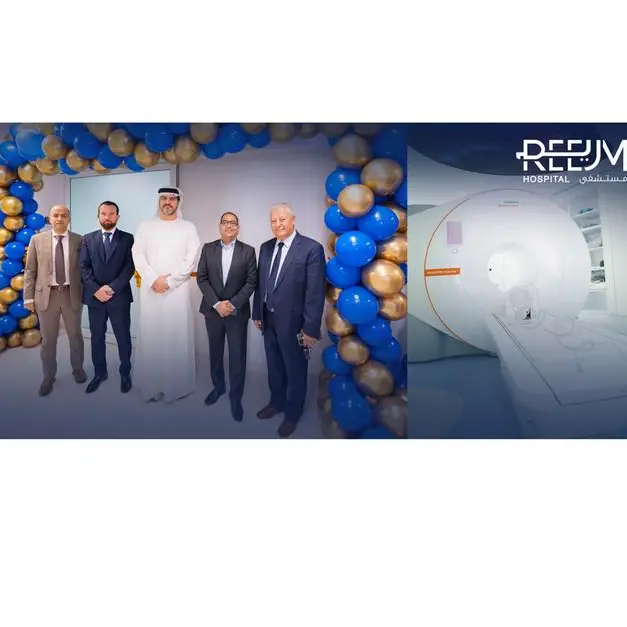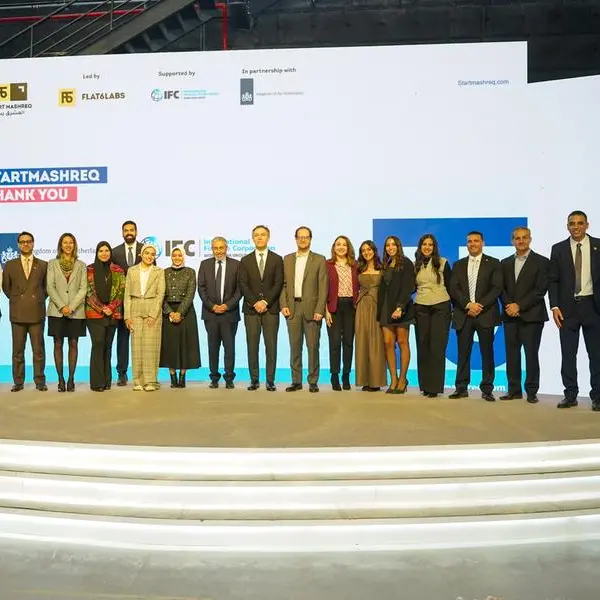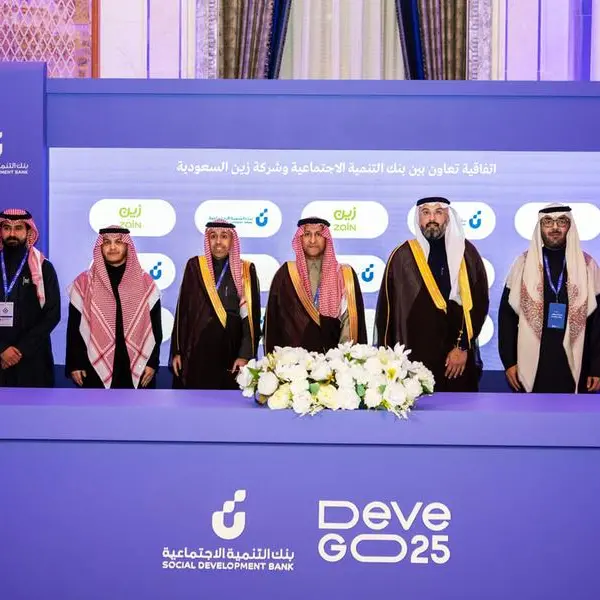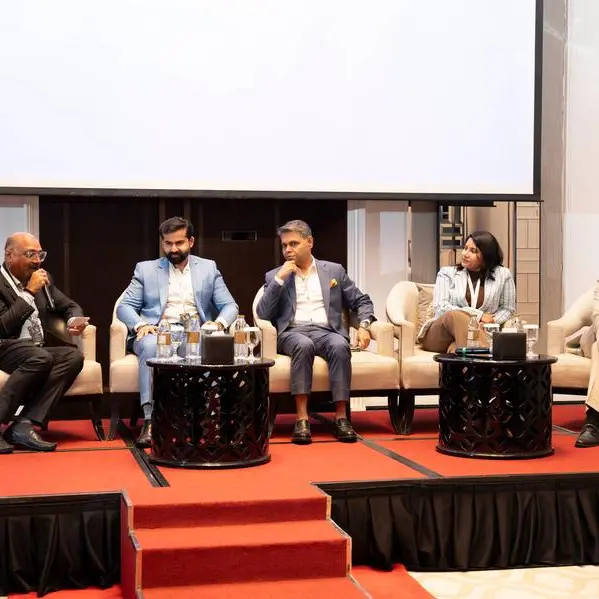PHOTO
- Pulmonologists, rheumatologists, and radiologists from the Middle East and Africa region gathered to attend the second Interstitial Lung Disease (‘ILD’) Summit organized by Boehringer Ingelheim in Dubai
- The Summit is accredited by the American Association of Continuing Medical Education ('ACCME') as well as the British Academy of Continuous Medical Education (‘BACME’)
- Physicians report that 18–32% of patients with ILD might develop progressive pulmonary fibrosis leading to lung function decline, deterioration in the quality of life, and early mortality 1
United Arab Emirates, Dubai – Following an inaugural meeting in 2021, leading healthcare professionals from the Middle East and Africa gathered for the Interstitial Lung Disease (‘ILD’) Summit to discuss the latest scientific guidelines to improve the clinical outcomes for patients living with rare respiratory conditions. Organized by Boehringer Ingelheim, one of the world’s leading pharmaceutical companies, the event is dedicated to discussing treatment and management of rare respiratory conditions such as Idiopathic Pulmonary Fibrosis ('IPF'), Progressive Fibrosing Interstitial Lung Disease ('PF-ILD'), and Systemic Sclerosis-associated Interstitial Lung Disease ('SSc-ILD'). The American Association of Continuing Medical Education ('ACCME') and the British Academy of Continuous Medical Education (‘BACME’) accredited the meeting that took place on November 25th–26th in Dubai, and was attended by over 100 pulmonologists, rheumatologists, and radiologists, and three international speakers.
ILDs are a group of diseases characterized by a build-up of scar tissue in the lungs that worsens over time – making it difficult to breathe, and in turn reducing the amount of oxygen that gets into the bloodstream. People living with the conditions typically experience deteriorating lung function, resulting in a reduction in their quality of life.1 While there is no cure for ILD, there are medicines called ‘antifibrotics’ that can help slow the progression of lung damage and make a difference – but early diagnosis is critical. The ILD Summit helps to drive conversation around this topic, with the ultimate goal of driving discussions about the latest scientific updates in diagnosis and management with the medical experts across multiple specialties so they can maximize treatment benefits for their patients.
During the summit, attendees were presented with the latest scientific data and insights on effectively detecting and managing ILDs, with expert speakers highlighting the need for a multidisciplinary approach to treat such rare diseases effectively. Workshops on topics such as High-Resolution Computed Tomography (‘HRCT’) readings were also conducted to help address challenges in the diagnosis of pulmonary fibrosis in ILDs, such as Idiopathic Pulmonary Fibrosis (‘IPF’), Progressive Fibrosing (‘PF’), and Systemic Sclerosis (‘Ssc-ILD’).
Mohammed Al-Tawil, Regional Managing Director and Head of Human Pharma at Boehringer Ingelheim for India, the Middle East, Turkey, and Africa ('IMETA') region, said, “Pulmonary fibrosis is a major challenge for people suffering from ILDs that can lead to irreversible harm to the lungs, resulting in reduced quality of life. At Boehringer Ingelheim, we build on our 100-year heritage in respiratory care to address rare respiratory conditions by working closely with the medical community. Our ILD Summit drives the peer-to-peer exchange of the latest scientific information that is valuable to shape the therapeutic landscape in clinical practice. Through this forum, we gather actionable insights from healthcare experts across multiple disciplines to identify the best treatment approach that can significantly improve the lives of patients living with such rare conditions."
Dr. Waleed Abulrab Hafiz, Consultant Rheumatologist, Al Noor Hospital, Mekkah, KSA, said, “ILDs are difficult to diagnose, partly because of their diverse range of manifestations. For example, Systemic Sclerosis primarily affects the skin but can also impact other organs, including the lungs and may involve the risk of developing pulmonary fibrosis, potentially causing life-threatening complications2,3. It is critical we do everything we can to limit its progression – and early detection is the first step. Events like the ILD Summit allow different specialties – including rheumatologists and pulmonologists – to meet and discuss how best to work with each other to improve treatment outcomes.”
Dr. Saniya Khan, Consultant Pulmonary & Critical Care, Cleveland Clinic, Abu Dhabi, said, highlighting the impact ILDs can have on those affected. “Pulmonary fibrosis can be challenging; patients typically face difficulty carrying out daily activities, which can significantly impact their quality of life. However, effective antifibrotic treatments are available and can make a difference if we can ensure early diagnosis and swiftly designed treatment journeys for ILD patients. Having access to new scientific data demonstrated through workshops and patient case studies Scientific forums like the ILD Summit help encourage partnerships with the medical community to improve treatment outcomes that can ultimately benefit our patients."
In addition to the forum, Boehringer Ingelheim runs a ‘Perceptorship Program’ that empowers local and regional specialists with knowledge and international best practices in the management of ILDs by adopting a multi-disciplinary approach. Through the program, the company gives local and international experts a platform to connect and explore opportunities for building ILD centers that are important improve patient outcomes.
Boehringer Ingelheim has also developed a bilingual ILD website in English and Arabic called Life With Pulmonary Fibrosis to provide resources for Arabic speaking patients who wish to learn more about their condition and help them find ways to enhance their mental and physical well-being.
-Ends-
About Boehringer Ingelheim
Boehringer Ingelheim is working on breakthrough therapies that improve the lives of humans and animals. As a leading research-driven biopharmaceutical company, the company creates value through innovation in areas of high unmet medical need. Founded in 1885 and family-owned ever since, Boehringer Ingelheim takes a long-term perspective. Around 52,000 employees serve more than 130 markets in the three business areas, Human Pharma, Animal Health, and Biopharmaceutical Contract Manufacturing. Learn more at www.boehringer-ingelheim.com.
About the IMETA Interstitial Lung Disease (‘ILD’) Summit 2022
The ILD summit focused on different types of ILDs – Idiopathic Pulmonary Fibrosis (IPF) - a rare, debilitating, and lifelong disease in which the lungs become scarred and thickened, making it increasingly difficult for patients to breathe, with no known cause,7–9 Systemic Sclerosis (Ssc) – ILD, which is a disfiguring, disabling and potentially fatal rare disease that causes scarring of the lungs (SSc-ILD), and Progressive Fibrosing ILD (PF-ILD), a disease behavior observed in some patients across different ILDs, of which IPF is the most typical example.1
For more information, please contact:
Sayali Kavalekar
Manager, Human Pharma Communications, Corporate Affairs,
India, Middle East, Turkey, and Africa
Boehringer Ingelheim
Email: sayali.kavalekar@boehringer-ingelheim.com
References
- Paolo Spagnolo, MD Christopher J Ryerson, MD Rachel Putman, Lancet 2021; P1065-1076. <https://doi.org/10.1016/S2213-2600(21)00017-5>
- Denton, CP, & Khanna, D. Lancet 2017;390:1685–1699. https://doi.org/10.1016/S0140-6736(17)30933-9
- Solomon, JJ et al. Eur Respir Rev 2013;22(127):6–19. <https://doi.org/10.1183/09059180.00005512>
- Cleveland Clinic. 2022. Pulmonary Fibrosis: What is It, Causes, Symptoms, Testing & Treatment. [online] Available at: <https://my.clevelandclinic.org/health/diseases/10959-pulmonary-fibrosis> [Accessed 4 October 2022].
- British Lung Foundation. 2022. What is pulmonary fibrosis? [online] Available at: <https://www.blf.org.uk/support-for-you/pulmonary-fibrosis/what-is-pulmonary-fibrosis> [Accessed 4 October 2022].
- Martinez FJ, et al. Nat Rev Dis Primers. 2017;3:17074. https://doi.org/10.1038/nrdp.2017.74
